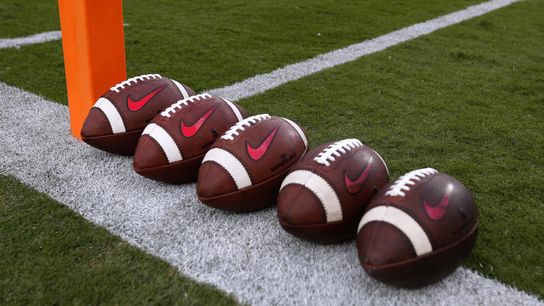This past weekend, a handful of Michigan teams were able to finally able to complete their quest for a state title in a season full of ups and downs and stops and starts that had schools, players, parents, and coaches feeling like a yo-yo.
As infections began to rise in the fall, state leaders shut down all fall sports in the middle of the playoffs in a decision that ended up stretching about five weeks before sports were allowed to resume as the state Department of Health and Human Services offered to provide rapid testing to those teams still playing. It was a compromise that allowed the state to collect data on COVID and sports and the possible spread during competitive activities, and also allowed teams to pick their seasons back up.
Meanwhile, a handful of states were not permitted by their state leaders to play this fall, and among those without a fall football season were coaches in California.
One thing I think most of us coaches have learned through the COVID pandemic is how important it is to be advocates for our schools and communities and to speak up with important questions and push for answers. That's what so many coaches, in all sports, continue to do in their quest to be provided with the data behind these decisions.
It has also provided us with an interesting perspective to look at some things we probably wouldn't have focused on, at least as much.
Frustrated and looking for answers, Serra HS (CA) head coach Patrick Walsh and the Golden State Coaches community collected some data that no sports in the fall, particularly football in this case, was having on the kids in their school systems.
Among the measurable data that coach Walsh and the community were able to collect from FOOTBALL programs only:
- 1,087 - Players ineligible
- 253 - High School Drop outs
- 64 - Student athletes incarcerated
- 85 - Students who have joined gangs
- 38 - New fathers
It's important to note that none of these numbers would not have been at zero had football been played this fall, but it would be safe to assume that they would be drastically lower than those figures. It's also missing important perspective on what 2019 numbers were in those areas.
With that said, those numbers would be much, much higher if it went beyond the scope of football and included other spring sports like soccer and volleyball as well one could image.
Touching back on Michigan, as of this past weekend the state had issues over 30,000 of the rapid test to athletes and coaches, and 99.8% of those tests came back negative. While Michigan is not allowing winter contact and indoor sports to being, its the results of those tests done in the fall that have states hoping to utilize that type of data to prove that sports can be played with the proper precautions.
While college programs have been able to test because they have the financial resources available to do so, that's just not a reality at the high school level. But in Michigan, the state footing the bill in an effort to allow teams to finish their seasons may just provide the data needed in other states to get a plan to move forward to have a plan to play with precautions in place.
Here's to hoping coaches like Patrick Walsh and the parents, coaches, and community members wondering about their season get some answers and clarity soon.
See Walsh talk about the data he collected in the clip below.
https://twitter.com/daygofootball/status/1352371327177383936?s=12
